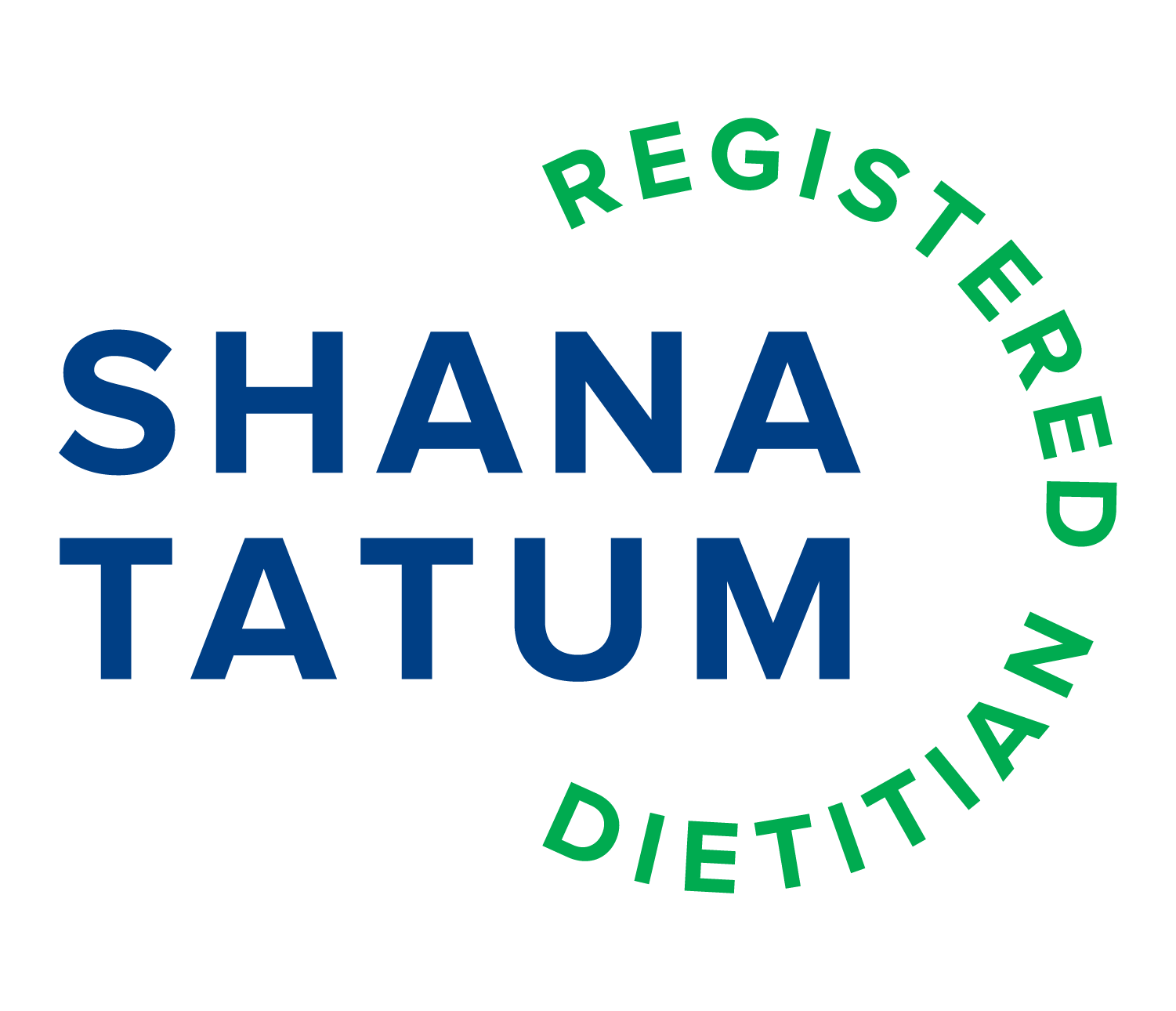Nutrition to Support Metabolism and a Healthy Pancreas
The Pancreas is a small but powerful organ that has much to do with our metabolic health. It is essential for transforming our food into energy. It serves as both an endocrine gland, one that sends out hormones such as insulin and glucagon and as an exocrine gland that sends out enzymes like lipase and amylase. Lipase helps to digest fat and amylase helps to digest carbohydrates.
When the pancreas has dysfunction, conditions such as Type 1 and Type 2 diabetes present. Insulin resistance, pancreatitis and cystic fibrosis are also forms of pancreas imbalance.
The theme for many of these imbalances is an alteration in glucose metabolism. Glucose, or what we measure as blood sugar, is the preferred form of energy in the body. But with our amazing human biochemistry, we can also run on fatty acids, or ketones. This is usually not the case for the average American. With 66% of the US population classified as prediabetic or diabetic according to the Centers for Disease Control, we have a serious case of dysregulated glucose metabolism.
How to help prevent blood sugar imbalances and keep a healthy pancreas? There are some good dietary strategies to help with this. But first, let us understand what happens when we eat a Standard American Diet (SAD) composed of high carbohydrate foods.
Carbohydrates are converted to glucose to fuel our bodies. Once glucose is absorbed into the blood stream, it travels to the liver. Here it will be passed into circulation to be used or will be stored for energy to be used later. When glucose builds up in the blood steam, the pancreas sends out insulin to signal to the cell receptor that glucose can now come into the cell.
This can be interrupted by a few things:
1.) If the cell membrane is dry and rigid (lack of fatty acids) it cannot allow a free flow of information (ex: glucose or other hormones) into the cell.
2.) Insulin receptors on the cell are deficient of vitamins and minerals and no message can be received.
3.) The pancreas itself is not producing enough insulin (Type 1 Diabetes).
4.) The pancreas is damaged in some way and not secreting insulin.
To positively affect some of these causes, be sure to include the following:
1.) Healthy Omega 3 fatty acids.
a. These are the SMASH fish- salmon, mackerel, anchovies, sardines and herring. These nutrients help keep a good fatty bilayer as the cell wall, promoting a healthy exchange inside and out of the cell.
b. Plant sources of Omega 3’s include chia seeds, walnuts and flax seeds.
2.) Eat a diet rich in micronutrients.
a. Vitamins and minerals are the cofactors needed to make reactions in the body happen. Increased oxidative stress due to blood sugar dysregulation requires antioxidants such as Vitamin C, A and E. Eating the rainbow is a great way to be sure these antioxidants end up on your plate.
b. Deficiencies in minerals like chromium, zinc, and magnesium may predispose someone to carbohydrate intolerance leading to blood sugar imbalances. Animal products such as chicken, turkey, bison and beef are good sources of zinc. Magnesium is found in avocados, nuts, legumes, and leafy greens.
c. The role of Vitamin D continues to be highlighted in studies related to prediabetes and diabetes. Now thought of more as a hormone, it can be found in fortified dairy, eggs and mushrooms. Consider asking you physician for testing for deficiency. Recent studies reported in JAMA, show higher Vitamin D levels correlated to improved outcomes in those with COVID-19.
3.) Weight loss.
a. Reduction in weight can reduce insulin resistance. Metabolic benefits have been seen through weight loss. This was the strongest predictor of improved blood sugar and insulin regulation in a study in the Journal of Nutrition and Diabetes. In addition to the scale, easy measures to follow at home include your waist to hip ratio. Measure your waist and divide by your hip measurement. A size of 0.9 or less in men and 0.85 or less for women is the healthy range.
4.) Moderate exercise.
a. Physical activity supports improved glucose regulation. When muscles are activated over a period of time it depletes stores of glycogen (glucose stored in the muscles) and can help reduce circulating levels of glucose. Recommendations of 150 minutes of physical activity with reduced sedentary behavior are current health policy guidelines.
Nutrition and associated lifestyle modifications such as physical activity, have been shown to support blood sugar regulation. Understanding the role of the pancreas in metabolism is important step in making smart decisions with diet. With this knowledge, you can support improved energy and make lasting changes to your health.
